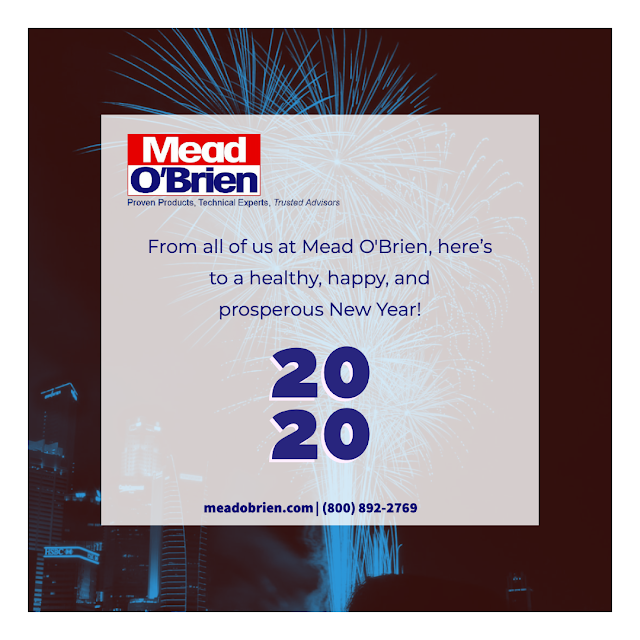New studies show that SARS-CoV-2, the virus causing COVID-19, is shed in stool meaning it’s collecting in city sewers.
Biobot, Somerville, Massachusetts company specializing in wastewater epidemiology, is establishing protocols to test sewage for SARS-CoV-2. If successful, this data will give communities a dynamic map of the virus as it spreads to new places.
Data from sewage will enable communities to:
- Measure the scope of the outbreak independent from patient testing or hospital reporting, and include data on asymptomatic individuals,
- Provide decision support for officials determining the timing and severity of public health interventions to mitigate the overall spread of the disease,
- Better anticipate likely impact on hospital capacity in order to inform hospital readiness and the necessity of public health interventions,
- Track the effectiveness of interventions and measure the wind-down period of the outbreak, and
- Provide an early warning for reemergence of the coronavirus (if it does indeed have a seasonal cycle).
- Biobot will ship participating facilities a sampling kit and sample collection protocols. Each sampling kit includes supplies for transporting one sewage sample, an ice pack, a return shipping box and label, and instructions.
- Wastewater facilities will collect 24-hour composite samples, and ship the samples back to Biobot laboratories.
- Biobot will process the sewage samples to concentrate and inactivate viruses.
- MIT Alm Lab will apply a RT-PCR protocol, adapted from published testing protocols, to detect the SARS-CoV-2 virus.
- Biobot will communicate the test results back to participating communities.
Wastewater treatment facilities interested in participating should visit this site - https://www.biobot.io/covid19 - and fill out the form.




